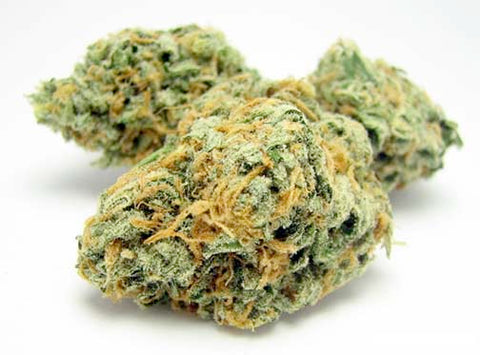Legal Marijuana Sales in Oregon - What Exactly Are Cannabinoids?

Ever since Oregon voted to legalize recreational marijuana, I've been getting questions about THC concentrations and what they actually mean. THC is just one of the cannabinoids found in the marijuana plant... there are many others, though. Here's a brief primer for those who are interested:
What is a Cannabinoid?
Cannabinoids are naturally occurring compounds found in the Cannabis plant, and are what make marijuana so unique. There are hundreds of chemical compounds present in the plant, but only around 80-85 are cannabinoids. The most well known among these are tetrahydrocannabinol (THC) which is the main psychoactive ingredient in cannabis, and Cannabidiol (CBD) which is considered to have a wider scope of medical applications than THC. The molecular structure of these Cannabinoids allows them to interact with Cannabinoid receptors in the brain and immune system, exerting their psychoactive and therapeutic effects.
What’s the difference between cannabinoids found in Cannabis Sativa and Cannabis Indica plants?
Both plants will yield THC and CBD, but Cannabis sativa has a higher level of THC compared to CBD, while Cannabis indica has a higher level of CBD compared to THC. It’s generally accepted that Sativa plant strains will give the user more of a mental, cereberal high, which often results in a boost in energy and imagination, while Indica use creates a more mellow, don’t-want-to-move-a-muscle type high. Using indica is a great choice for those nights indoors watching TV, playing video games, or just chilling with friends. The indica high numbs the body down and induces an overall sense of relaxation, which is ideal for a relaxing night’s sleep. Sativa strains are perfect when working creatively in activities like writing, painting, brainstorming ideas, etc, and also better at enhancing the experience of movies, concerts and things.
How do chemists determine specific levels of cannabinoids?
What exactly does it mean when a product states “25% THC"? It means that of all the cannabinoids present in the plant, 25% of them are THC. There are really only two accurate methods to detect and measure cannabinoids; Gas Chromatography (GC) and High Performance Liquid Chromatography (HPLC). These methods are similar in several ways but differ in that GC uses heat during it’s process and HPLC does not. The use of heat in the testing process is significant because Cannabis contains the carboxylic acid (THCA) some of which is converted to the psychoactive THC after it’s heated, thereby potentially increasing the overall measured amount of THC.
This is an important difference because most of the cannabinoids are present in the form of an acid and must be converted before consumption to their neutral form by a process called decaryboxylation. The decarboxylation process activates the THC when it is heated. This is the same thing that occurs when medicine is smoked, when it is baked, or when a sample is analyzed by way of Gas Chromatography. The HPLC system does not heat the sample so no decarboxylation occurs. The HPLC system detects both the neutral cannabinoid of interest, as well as its acidic counterpart. Laboratories that utilize HPLC systems then combine both compounds and report them together. This system does not take into account the loss of cannabinoids by way of decomposition, and the result is a higher reported value. The two different approaches are both accurate and may be used independently as relative references inside of individual dispensaries.



